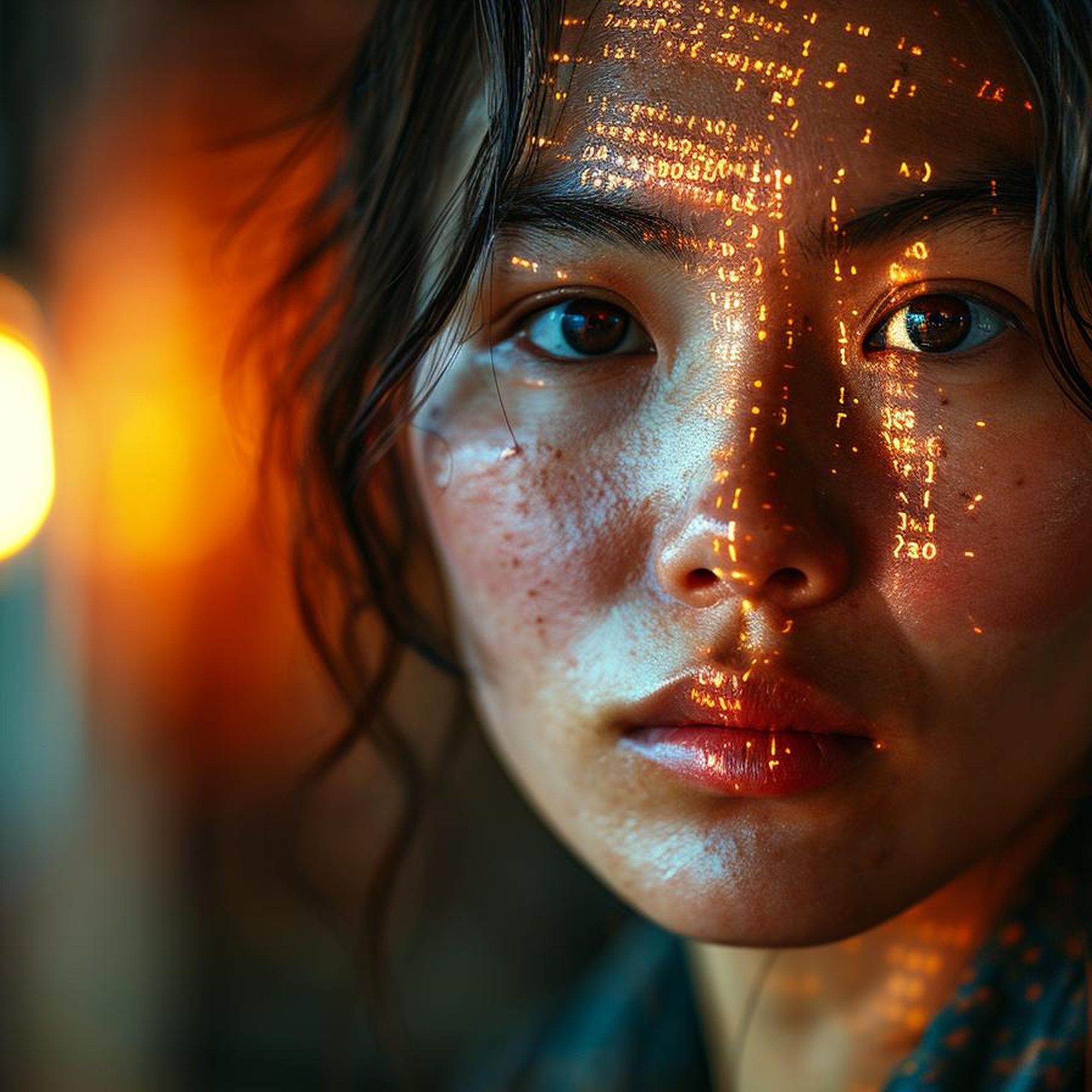Flashback to a sunny afternoon in my early twenties, camera in hand, capturing the world one frame at a time. A roll of film, 36 chances to freeze a moment. “This is photography,” I used to think. Now, pixels have replaced film and with the advent of digital software like Adobe Photoshop, the art of photography has evolved past the click of a shutter button.
Ever stared at your screen, perplexed at the labyrinth that is Adobe Photoshop? Have you ever asked yourself, ‘What on earth are layers and masks?’ Well, you’re certainly not alone. It’s a curious fact that many budding photographers, despite the countless hours they spend behind a lens, barely scratch the surface of the post-processing world.
Understanding The Basics of Layers
Stepping into Photoshop is like stepping into a different realm, where each layer is a parallel universe that can alter the reality of your image. It’s like stacking transparencies on a lightbox, and each one adds a new dimension. You can adjust the opacity and blend mode to control how much and in what way it affects the base image. It’s quite the rabbit hole, my friends.
The Magic of Masks
Now, if layers are parallel universes, then masks are the gatekeepers. They decide which parts of the layer affect the image and which don’t. It’s like having an invisible paintbrush where black hides and white reveals. With masks, you gain the power to carefully tweak your image to perfection without any permanent changes.
Rolling Up Your Sleeves: Working with Layers
So, let’s dive a little deeper into this wonderland of layers. Creating a new layer is as simple as clicking the ‘New Layer’ button in the layers panel. You can rename it, color code it, or group it with others for better organization. And remember, changes you make on one layer won’t affect the ones below, unless you want them to. It’s like having multiple canvases stacked together, each holding a part of the final masterpiece. And the ‘undo’ button? Say goodbye to your fears of making irreversible mistakes. In this realm, nothing’s set in stone.
Unmasking Potential: Navigating Masks in Photoshop
Now, onto the keepers of the gate – masks. To add a mask to a layer, simply select the layer and click the ‘Add Layer Mask’ button on the bottom of the layers panel. The beauty of masks is in their non-destructive nature. You can paint, erase, and repaint on a mask without fear of losing original pixel data. When editing surreal and fantasy photos, masks can be the magical tool you need to blend the boundaries between reality and your wildest imagination.
Sealing the Deal: Mastering Layers and Masks
Once you’ve dabbled with layers and masks, your journey in the post-processing world begins. From here on out, it’s all about practice and more practice. And remember, there are no rules set in stone. It’s your canvas, and you’re the artist. You could create a simple adjustment layer to adjust light and color, or delve deeper into the complexity of layer styles and smart filters. The sky’s the limit.
Masks can be daunting at first, but once you start using them, you’ll wonder how you ever edited without them. With the gentle swipe of your mouse or drawing tablet, you can transform your photos in ways you never imagined. Masks give you the power of precision – to pinpoint exactly what and where you want to edit.
And so, my fellow photographers, I leave you at the threshold of this new adventure. So, tell me, are you ready to conquer the realms of layers and masks in Adobe Photoshop? Because something tells me, once you start, you’ll never look back.


0 Comment